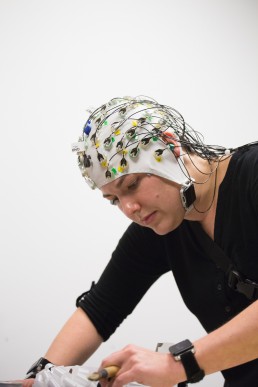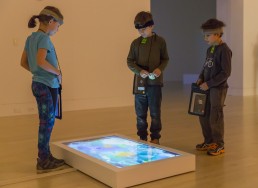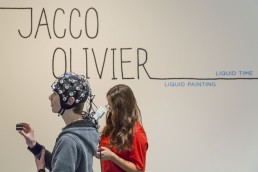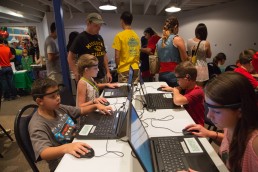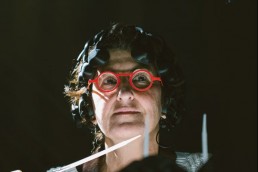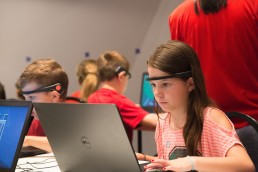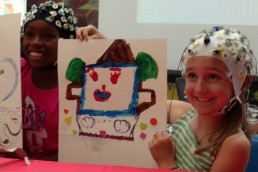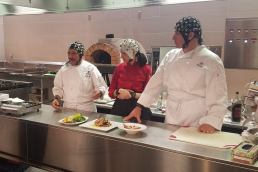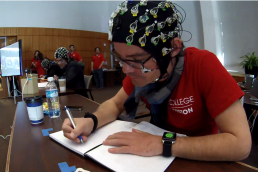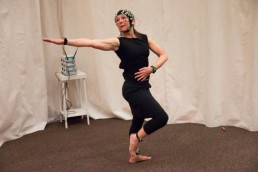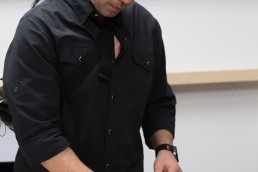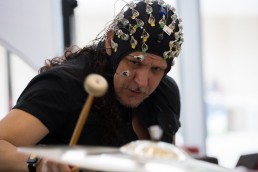Advances in neurotechnology, both in hardware and in the neuroscience pre-processing algorithms, allow for the study of freely-behaving artistic production. We used Mobile Brain/Body Imaging modality using Electroencephalography to study the neural mechanism associated with engagement with creative art generation. We conducted a set of experiments involving different modalities to understand the process of creating art production. The experimental protocol allows for the collection of EEG data to analyze spectral and temporal features across the artists across modalities of art.
We aim to uncover neural mechanisms that relate to individual components of the creative process. Our protocol provides the opportunity to study an unconstrained the creative production, with an artist-driven selectivity of the tasks to analyze. Further, it enables the inquiry for mechanisms for how the participants are creative (working memory, attention, cognitive control, generation of ideas) by exploring the common and unique neural patterns associated with the artists’ own perception and visual feedback of the ongoing work of art.
The project helps us understand the dynamic cortical activity throughout different stages of the creative process. This research has the potential to isolate cognitive processes associated with functional commands from creative expression. Furthermore, an understanding could be reached for how the brain concurrently processes sensory input and dynamic internal state to produce the aesthetic experience.
Most of the experiments are conducted in public venues and they provide a platform for interaction between the artists, researchers, and audience. At the end of every experiment (and during the experiment), a question and answer session takes place in which the audience inquires about the technology, performance, or the collaboration itself.



